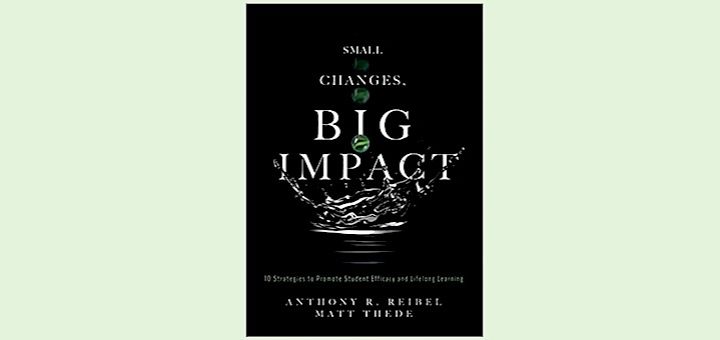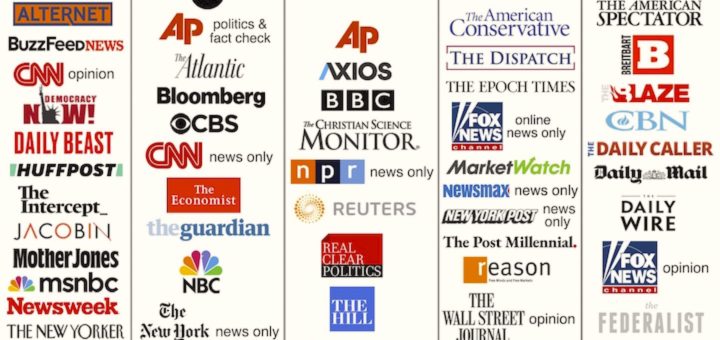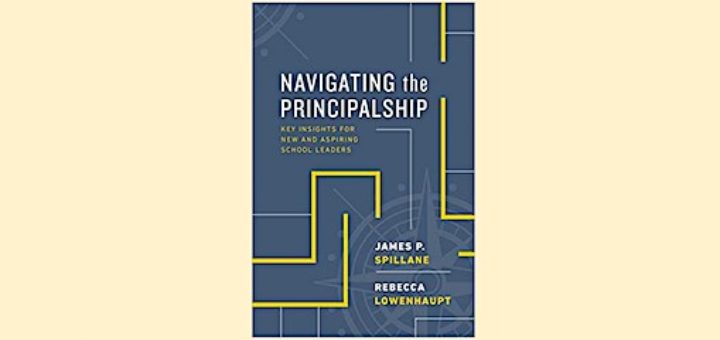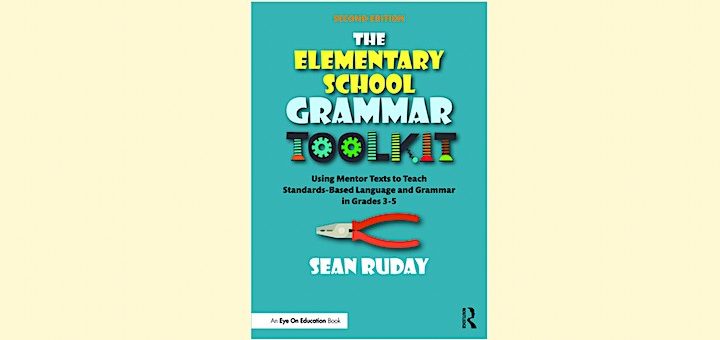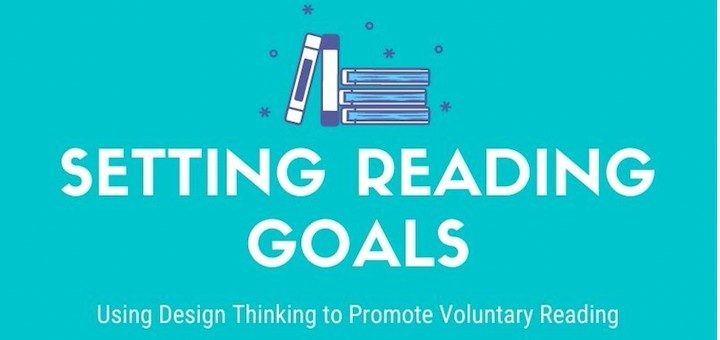Our 15 Most-Read Articles During 2020
Browse our 15 most-read articles of 2020 and see what you missed! Some (no surprise) speak to the unique teaching and learning circumstances caused by the COVID-19 pandemic. Other top reads include some how-to (and “don’t-do”) stories that teachers rediscover year after year.



